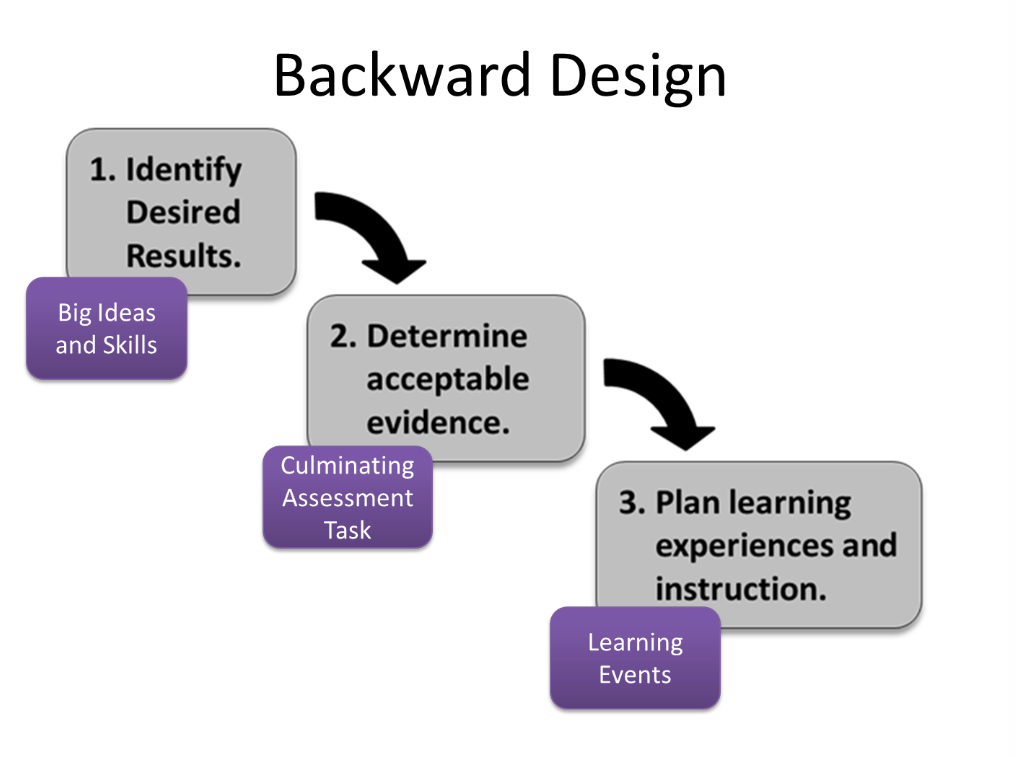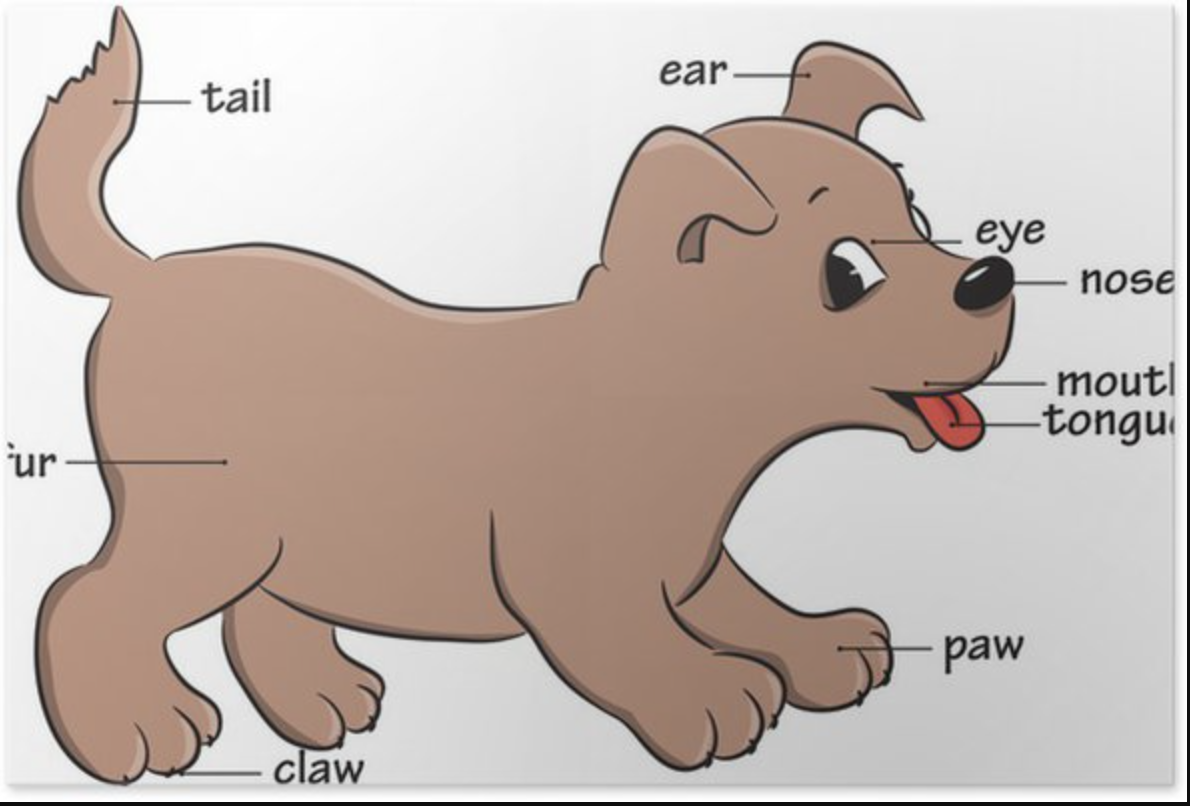While making this Unit Plan I realized how helpful backward design is. I originally started with my assessment for the unit. I thought about the standards and big ideas that connect to the assessment. Then I had to think about what specific objective students had to complete. I feel like these objectives are closely connected to the actual lessons of the unit and guide a lot of lesson planning. I felt more motivation to figure out the rest of these parts once I had my end goal in mind. I also enjoyed considering my context of learning of document while doing this because it helped me think about my real students and whether or not the unit was appropriately leveled for them.

One of my goals for my unit plan is that students will identify the needs of their pet/class pet. I feel like this goal connects to my students specifically because I know most of the students have pets, and they all love animals. I notice that they love animals when we have literacy units that focus on animals or animal centric science lessons. I am going to assess this goal in the final assessment by asking students to identify at least 5 structures of the pet they chose. I think the goal connects to language demands because it contains a key function of language, identify. It is cognitively demanding for first grade because it requires them to draw from their own observations and studies of the animal. It also is similar to the CAS 1st grade life science standard of knowing that all organisms have external parts (structures).
